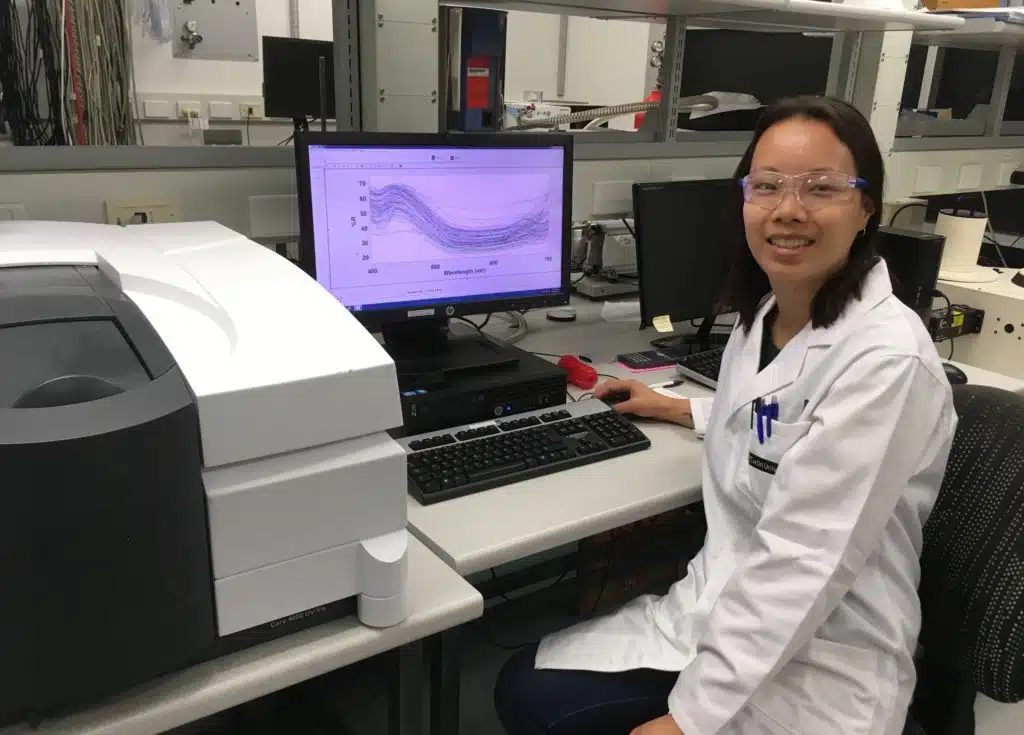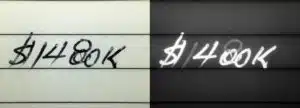From altered bank cheques to false signatures, document forgery is big business—costing Australians millions of dollars every year.
Researchers at Curtin University, working with forensic experts from Document Examination Solutions in Perth, developed a new way to spot handwritten forgeries based on subtle changes in ink colour.
“Using precise colour measurements of ink on paper, we can train statistical models to tell different inks apart, or to estimate how old the ink deposit is,” says Curtin University researcher Dr Georgina Sauzier.
“More importantly, we can do this without causing any damage to the document.”
To build these models, Georgina studied a collection of inks left in different environments for over two months. Her research found that inks exposed to light could fade in as little as one week.
“Our results show that the inks can degrade very quickly, even if the changes are too subtle to be seen by the human eye. This could be significant not just for document examination, but also for other fields such as art conservation,” Georgina says. The team is now investigating how statistical models can be used to analyse other types of document, such as identity cards.
Early results from this project were published in the journal Analytical Methods in 2015 (https://espace.curtin.edu.au/handle/20.500.11937/40085).
Georgina received a local branch award from the Australian and New Zealand Forensic Science Society (ANZFSS) to present the latest results at the 24th ANZFSS International Symposium on the Forensic Sciences in September 2018.
Banner image: Georgina hopes her research may be useful in cases of alleged fraud
(Image credits: Document Examination Solutions/Georgina Sauzier)






 Fresh Science is on hold for 2022. We will be back in 2023.
Fresh Science is on hold for 2022. We will be back in 2023.